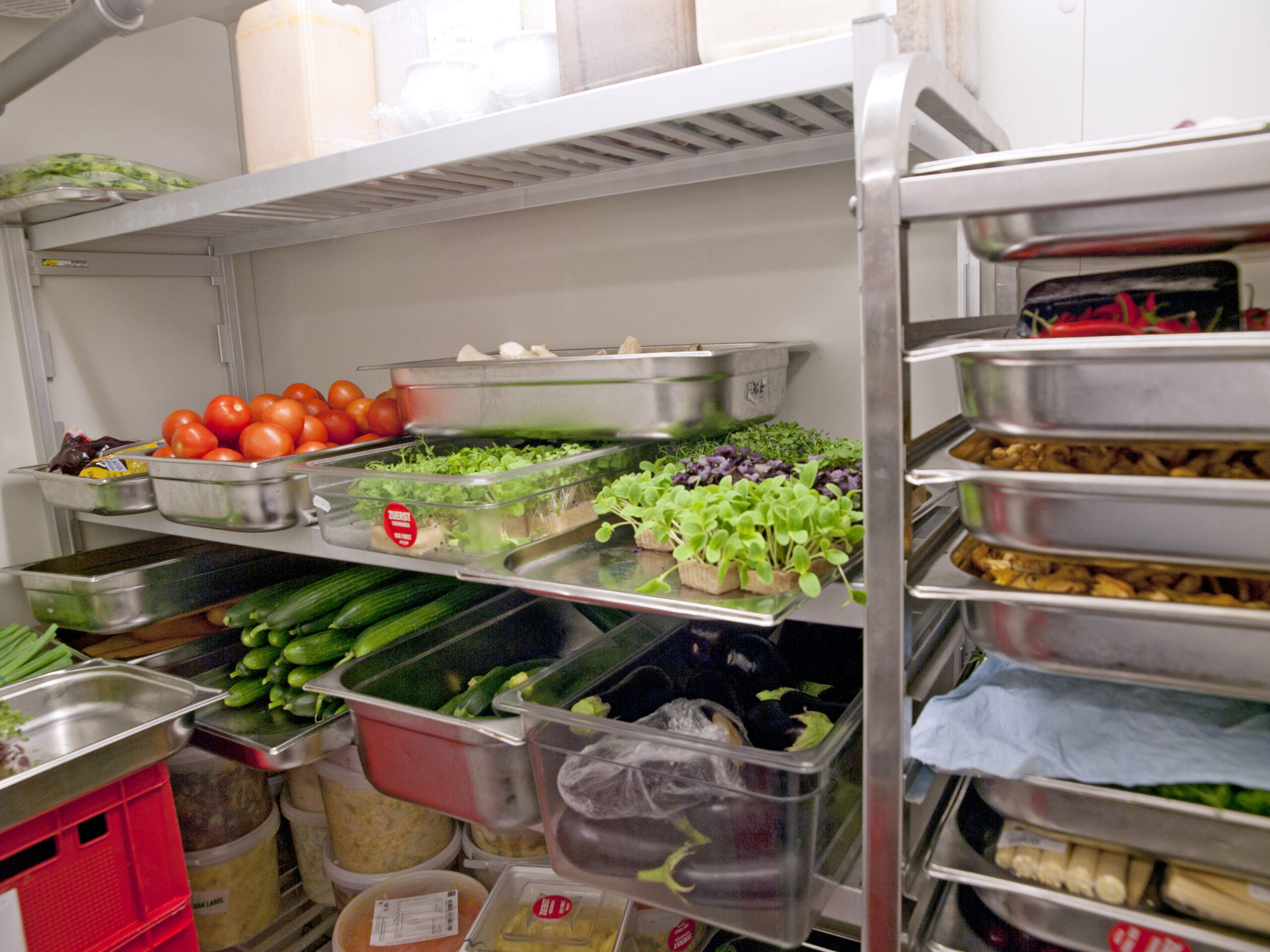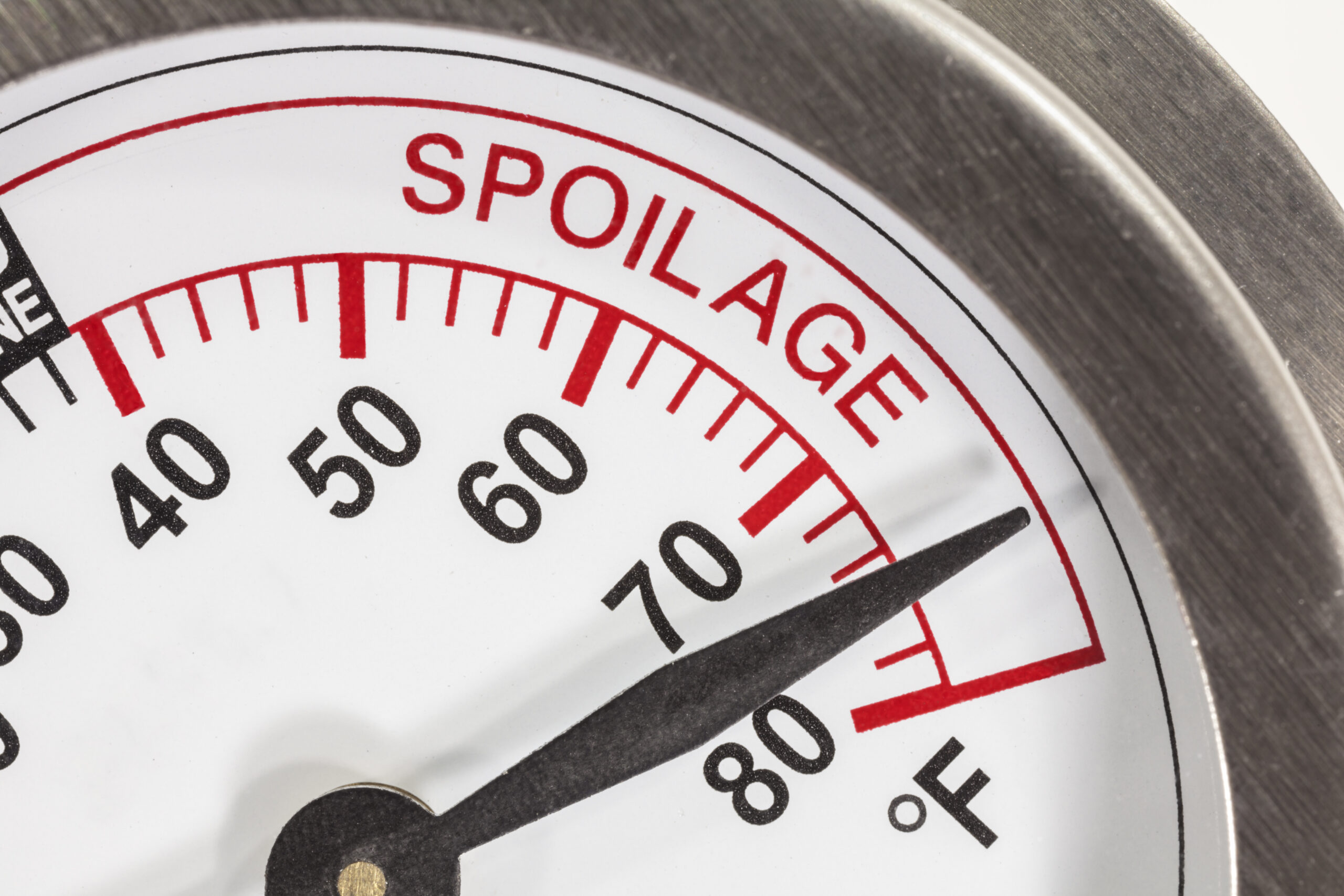According to the CDC, it is estimated there are 48 million people who get sick from foodborne illnesses every single year. Out of these, approximately 128,000 end up being hospitalized and another 3,000 die.1 As a business owner of a grocery store, convenience store, restaurant, food truck, or other operation where food is being sold, food temperature monitoring is vital.
Many of the bacteria and germs that cause foodborne illnesses and food poisoning become active when food is not kept at the proper temperatures. There are specific temperature ranges, depending on whether the food is frozen, refrigerated, held cold, cooked, or held hot. When these are not properly maintained, bacteria and germs start to form on the food.
Another cause of bacteria and germs forming is related to time. The longer food is exposed to temperatures that fall outside the safe food storage requirements, the more time there is for food to be contaminated.
Some of the more common foodborne bacteria and germs that can cause food poisoning and illnesses include:
- E. Coli
- Clostridium Perfringens
- Campylobacter
- Vibrio
- Norovirus
- Staphylococcus Aureus
- Botulism
- Salmonella
- Listeria
Typical symptoms of food poisoning and illnesses can include:
- Stomach Ache
- Diarrhea
- Vomiting
- Headache
- Low-Grade Fever
- Stomach and Intestinal Cramping
Symptoms do not always appear right away, depending upon the bacteria and germs present on the contaminated food. It could take several hours or even days before one would notice they had a foodborne illness or food poisoning.
Food Temperatures and Holding Times
It is your responsibility to review the required food temperatures and holding times for each type of food product your business sells. For instance, with cold foods, the danger zone is when temperatures exceed 41 degrees Fahrenheit.
Certain types of foods can be held for a short period of time without risk of foodborne bacteria and germs. For example, beef can normally be held for up to two hours after being taken out of refrigeration before it either has to be returned to a cooler environment or cooked.
The Best Way to Keep Food Safe
The best and most effective way to keep food safe is with proper training and education of your staff. Everyone should know how to check food for the right temperature, how often they need to take temperature readings, and what to do when food is found to be outside the safe temperature zone.
To ensure your temperature readings and hold times are accurate, you need to use the right temperature monitoring tools, such as thermometers, timer clocks, and so on. These tools make it easier to monitor temperature levels and how long food has been held.
Anytime food temperatures fall outside their safe temperature zones or exceed their safe hold times, the food should be considered contaminated and discarded. Any containers the food was held in should not be reused until they have been washed and sanitized.
To learn more about food temperature monitoring tools and equipment for accurate and round-the-clock monitoring, please feel free to contact ComplianceMate at 678.526.4628 for more information and a free demo today!
Source:


